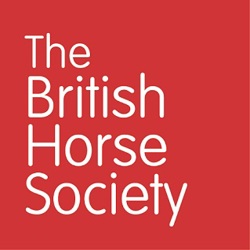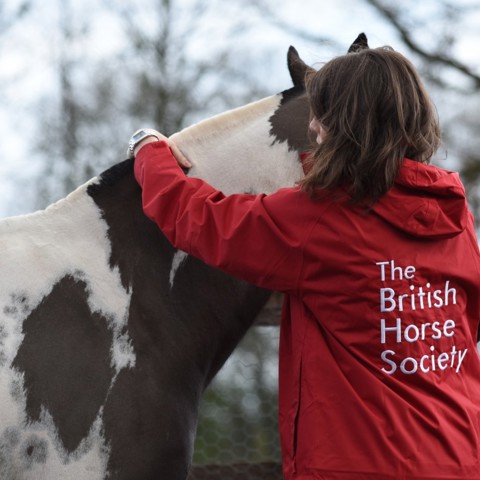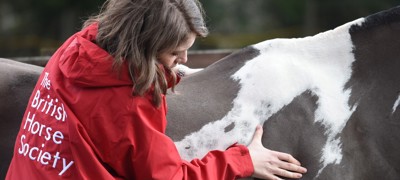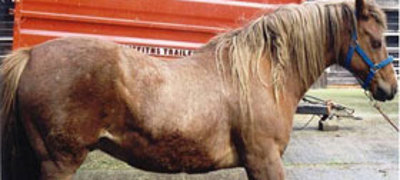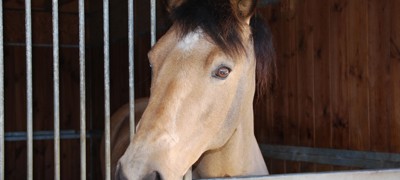The amount of fat deposited along the neck is heavily influenced by breed. A cresty neck is less commonly seen in thoroughbreds and more likely in cob types and stallions.
A healthy CNS is 0-2. A score of 3 or higher has been linked to an increased risk of laminitis and Equine Metabolic Syndrome (EMS)1.
Fat builds and reduces more slowly in the crest than in other places and once developed is unlikely to fully disappear due to changes in the cell tissue2. Therefore, don’t be disheartened if the crest fat doesn’t reduce like other areas.
Get hands-on and score your horse’s crest from 0-5 by using the images and descriptions below.
Zero
The crest can’t be seen or felt.
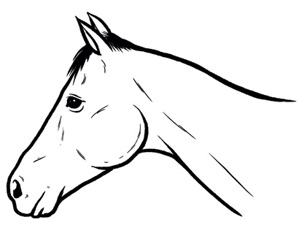
One
The crest can’t be seen but a small amount of fat can be felt.
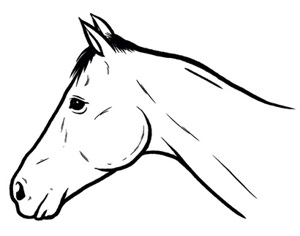
Two
The crest can be seen but the fat is spread evenly from the poll to the withers. The crest can be held easily in one hand and is flexible and easy to bend from side to side.
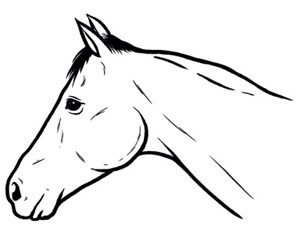
Three
The crest is thick with a larger amount of fat in the centre of the neck than in the poll or withers. The crest fills one hand and is not so easy to bend from side to side.
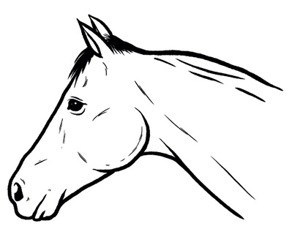
Four
The crest is large and thickened with hard fat and can’t be held with one hand or bent easily from side to side. The crest may have creases along the top.
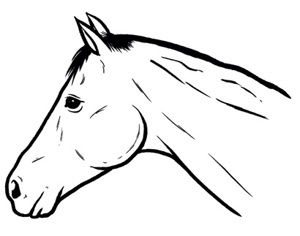
Five
The crest is extremely large and droops to one side.
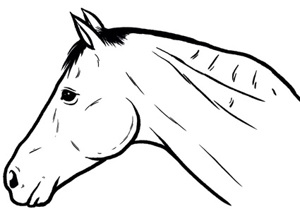
References
chevron-down
chevron-up
- Fitzgerald DM, Anderson ST, Sillence MN, de Laat MA (2019) The cresty neck score is an independent predictor of insulin dysregulation in ponies. PLOS ONE 14(7)
- Rendle, D., et al (2018) Equine obesity: current perspectives UK-Vet Equine. 2(5).
